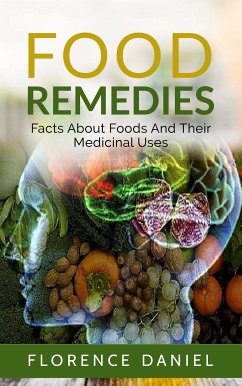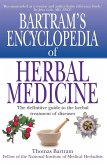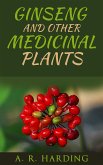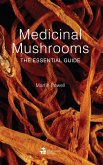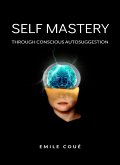Salts and acids as found in organised forms are quite different in their effects to the products of the laboratory, notwithstanding that the chemical composition may be shown to be the same. The chemist may be able to manufacture a "fruit juice," but he cannot, as yet, manufacture the actual fruit. The mysterious life force always evades him. Fruit is a vital food, it supplies the body with something over and above the mere elements that the chemist succeeds in isolating by analysis. The vegetable kingdom possesses the power of directly utilising minerals, and it is only in this "live" form that they are fit for the consumption of man. In the consumption of sodium chloride (common table salt), baking powders, and the whole army of mineral drugs and essences, we violate that decree of Nature which ordains that the animal kingdom shall feed upon the vegetable and the vegetable upon the mineral.
Bitte wählen Sie Ihr Anliegen aus.
Rechnungen
Retourenschein anfordern
Bestellstatus
Storno

